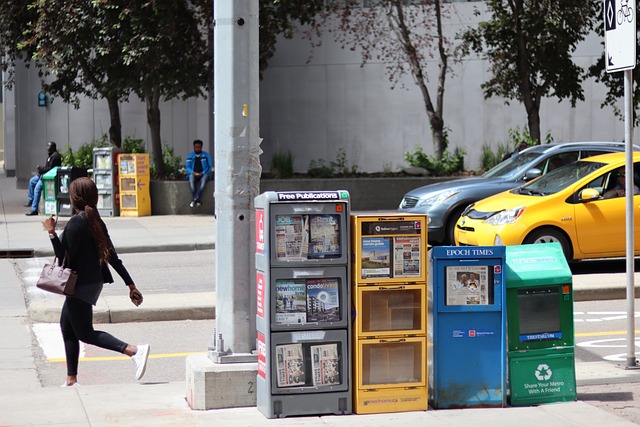Crichton wasn’t alone in his prophecy of the newspaper’s demise. Other heavy hitters like Warren Buffett, who actually owned a bundle of them, academician Clay Shirky, Jeffrey Cole of the Center for the Digital Future, scholar Paul Starr, and various Wall Street short-sellers all predicted the newspapers’ coming end. But like a bed-sored and gasping patient on a gurney who has shed all life support, the newspaper continues to decline its death sentence.



Don’t Over-Think the Grim News from the Washington Post
By Jack Shafer for Politico
It was 30 years ago that novelist-filmmaker-physician Michael Crichton lowered his stethoscope to the chest of the media business and denounced it as dying, if not dead.
The diagnosis began as a National Press Club speech, but he promptly adapted it into magazine form and published it in Wired under the title “Mediasaurus.” Wielding a dull and rusty scalpel, Crichton dug deeper, gouging chunks of flesh out of the magazine and TV businesses, which he said were as doomed as dinosaurs in the late Cretaceous period. But he saved his flashiest cuts for the New York Times, which he predicted would be gone in 10 years — 2003. “Vanished, without a trace,” Crichton promised.
Why does the almost universal prophecy of the demise of the newspaper go unfulfilled? The New York Times, which Crichton prepared for burial, has seen its market cap rise from a nadir of about $710 million in 2008 to $7 billion today, thanks to its success at selling digital subscriptions. The Washington Post is losing money, but not the Wall Street Journal, and the industry as a whole is actually profitable.
What Crichton and the other seers missed — and continue to miss — is the medium’s staying power. Circulation and advertising revenue have plunged since the heyday of the 1980s, but what nobody seems to have predicted is the willingness of readers, i.e., subscribers, to cover its costs. In 2013, the Washington Post charged about $130 a year for home delivery. Today, it costs about $700. These rising charges have been uniform across the industry, as H. Iris Chyi at the University of Texas has documented. Crichton and company appear to have underestimated how vital the physical newspaper or its paid website can be to habituated readers.
For more, click here.